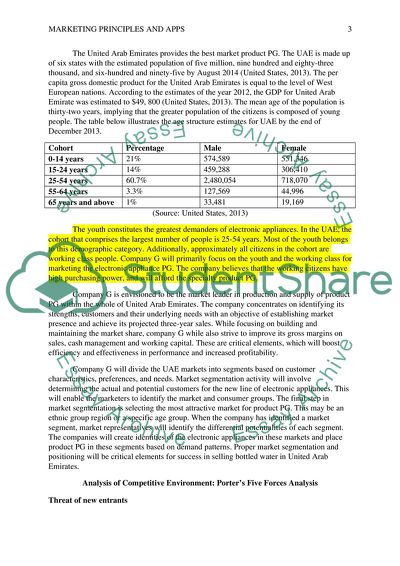Marketing Plan Essay Example | Topics and Well Written Essays - 500 words - 16. https://studentshare.org/marketing/1819771-marketing-plan
Marketing Plan Essay Example | Topics and Well Written Essays - 500 Words - 16. https://studentshare.org/marketing/1819771-marketing-plan.


